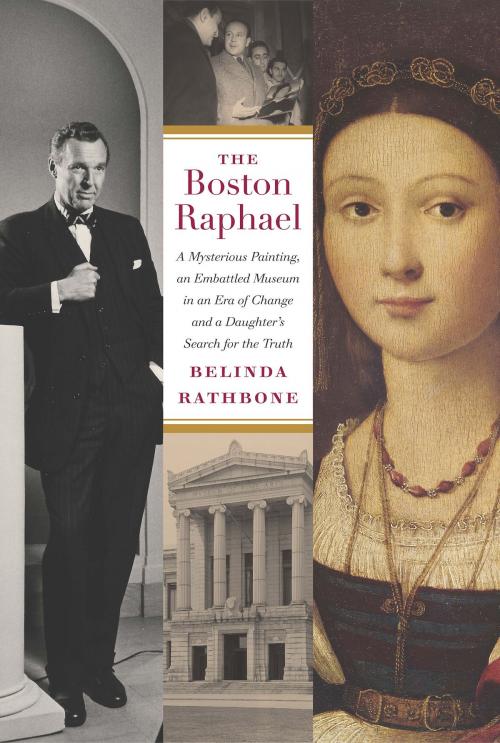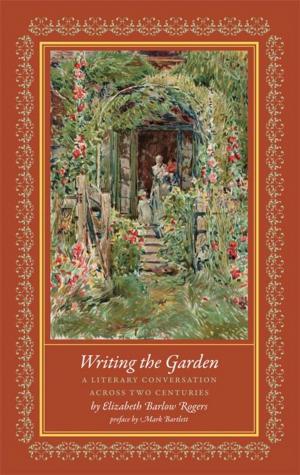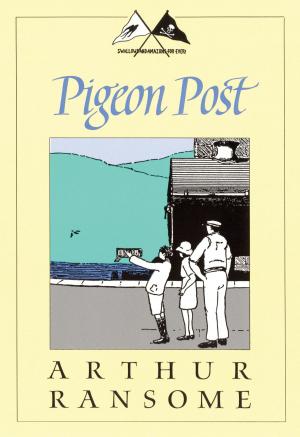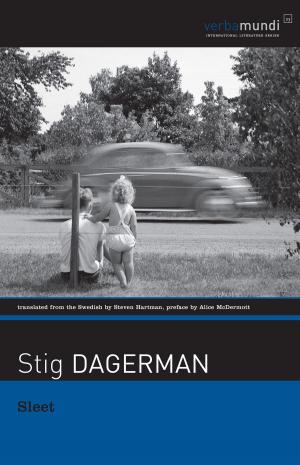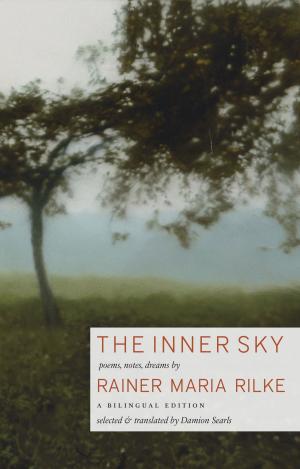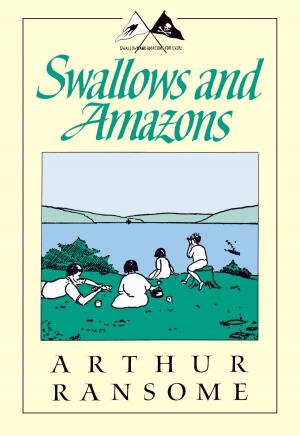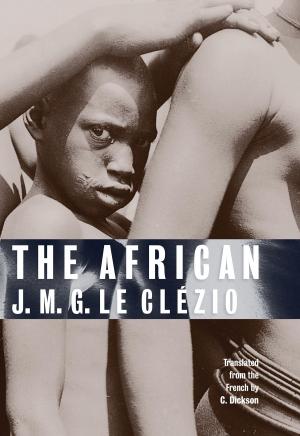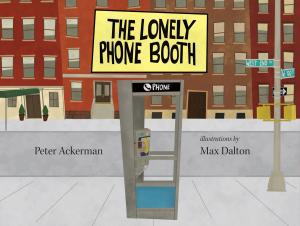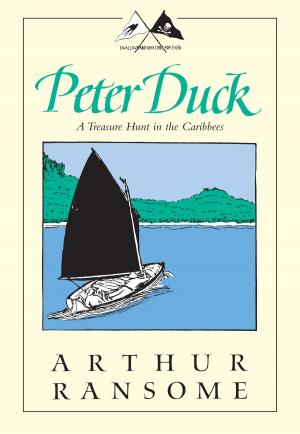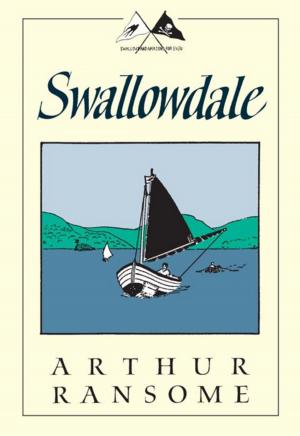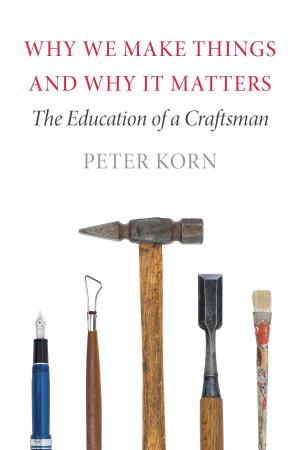The Boston Raphael
A Mysterious Painting, an Embattled Museum in an Era of Change & A Daughter’s Search for the Truth
Nonfiction, Art & Architecture, Art History, European, General Art| Author: | Belinda Rathbone | ISBN: | 9781567925401 |
| Publisher: | David R. Godine, Publisher | Publication: | October 13, 2014 |
| Imprint: | David R. Godine, Publisher | Language: | English |
| Author: | Belinda Rathbone |
| ISBN: | 9781567925401 |
| Publisher: | David R. Godine, Publisher |
| Publication: | October 13, 2014 |
| Imprint: | David R. Godine, Publisher |
| Language: | English |
On the eve of its centennial celebrations in December, 1969, the Boston Museum of Fine Arts announced the acquisition of an unknown and uncatalogued painting attributed to Raphael. Boston's coup made headlines around the world. Soon afterward, an Italian art sleuth began investigating the details of the painting's export from Italy, challenging the museum's right to ownership. Simultaneously, experts on both sides of the Atlantic lined up to debate its very authenticity. While these contests played themselves out on the international stage, the crisis deepened within the museum as its charismatic director, Perry T. Rathbone, faced the most challenging crossroads of his thirty-year career. The Boston Raphael was a media sensation in its time, but the full story of the forces that converged on the museum and how they intersected with the challenges of the Sixties is now revealed in full detail by the director's daughter. In her quest for the true story behind this pivotal event in her father's life, Belinda Rathbone digs into the background of the affair as it was reported in the popular press, both questioning the inevitability of its outcome and revealing the power struggle within the museum that led to his resignation. She draws almost entirely from primary source material in various archival collections and over a hundred contemporary and personal interviews. The book is lavishly illustrated with full-color plates and many previously unpublished photographs.
On the eve of its centennial celebrations in December, 1969, the Boston Museum of Fine Arts announced the acquisition of an unknown and uncatalogued painting attributed to Raphael. Boston's coup made headlines around the world. Soon afterward, an Italian art sleuth began investigating the details of the painting's export from Italy, challenging the museum's right to ownership. Simultaneously, experts on both sides of the Atlantic lined up to debate its very authenticity. While these contests played themselves out on the international stage, the crisis deepened within the museum as its charismatic director, Perry T. Rathbone, faced the most challenging crossroads of his thirty-year career. The Boston Raphael was a media sensation in its time, but the full story of the forces that converged on the museum and how they intersected with the challenges of the Sixties is now revealed in full detail by the director's daughter. In her quest for the true story behind this pivotal event in her father's life, Belinda Rathbone digs into the background of the affair as it was reported in the popular press, both questioning the inevitability of its outcome and revealing the power struggle within the museum that led to his resignation. She draws almost entirely from primary source material in various archival collections and over a hundred contemporary and personal interviews. The book is lavishly illustrated with full-color plates and many previously unpublished photographs.
